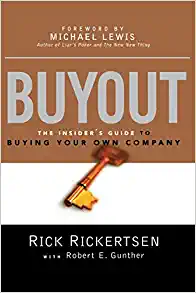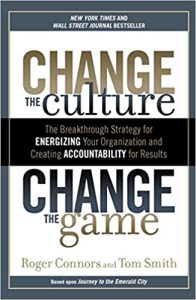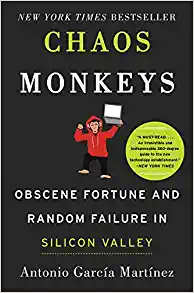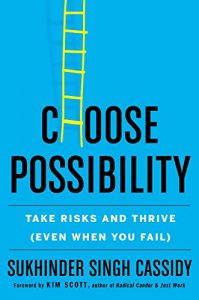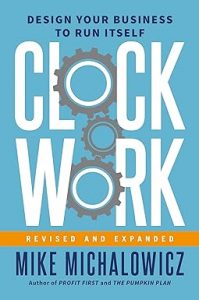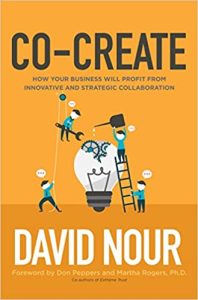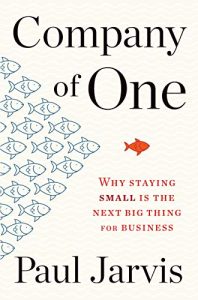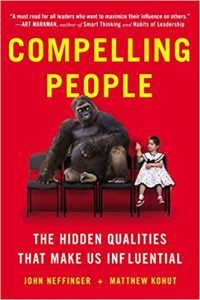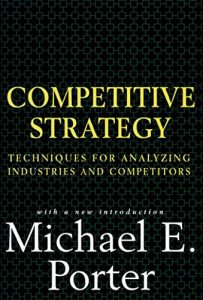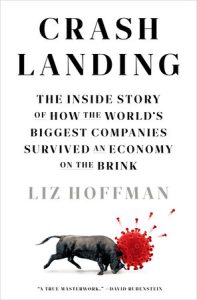Buyout: The Insider’s Guide to Buying Your Own Company
₦10,000.00Successful management buyouts (MBOs) are the pinnacle of business success today and a great way to earn an ever-increasing stake in the American dream. Buyout provides managers and executives with the necessary tools and strategies for leading a company or division buyout.
It explores the details of the entire buyout process and empowers managers to seize their destiny and take charge. Managers learn how to: * Find a company to purchase * Develop a business plan * Negotiate with the seller * Win the “”ground war”” of due diligence * Find equity partners and negotiate the management deal with investors * Run the company after the MBO. Buyout offers real-life stories of people who actually pulled off out-of-this-world deals and became rich beyond their wildest expectations.

